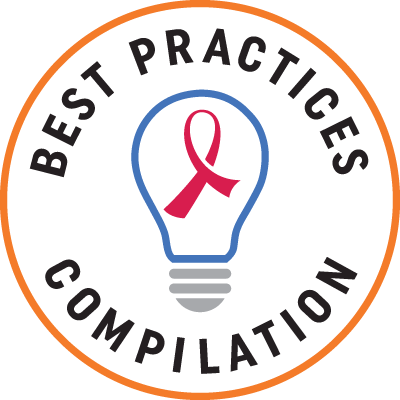Substance Use & Addiction
On
Under Ryan White HIV/AIDS Program funding, substance abuse services (outpatient) are medical or other treatment and/or counseling to address substance abuse problems (i.e., alcohol and/or legal and illegal drugs) in an outpatient setting by a physician or under the supervision of a physician, or by other qualified personnel.
Website
- AETC National Coordinating Resource Center (NCRC)
- National Clinician Consultation Center
Best Practices
- SPNS Black MSM Initiative
- Center for Innovation and Engagement
- AIDS Action Foundation
Technical Assistance
- The central hub of the AETC Program, the clinical training arm of the RWHAP, through HIV curricula, technical support to regional AETCs on practice transformation and best practices, and housing of all AETC-developed tools for HIV clinical staff. Project period: 2019-2024.
Clinician consultation on HCV management, HIV management, perinatal HIV/AIDS, pre-exposure prophylaxis (PrEP), post-exposure prophylaxis, substance use. Project period: 2016-2025.
- The NHC provides ongoing, up-to-date information needed to meet the core competency knowledge for HIV prevention, screening, diagnosis, and ongoing treatment and care to healthcare providers in the United States. Project period: 2020-2022.
- The AETC Program offers clinician education and tailored capacity-building assistance. Project period: 2019-2024.
 Initiative documenting best practice strategies and interventions that have been shown to improve HIV outcomes in a "real world" setting and can be replicated by other programs. Project period: 2021-2024.
Initiative documenting best practice strategies and interventions that have been shown to improve HIV outcomes in a "real world" setting and can be replicated by other programs. Project period: 2021-2024.